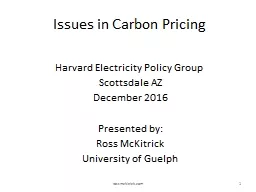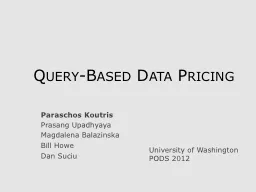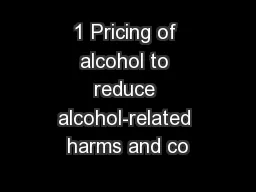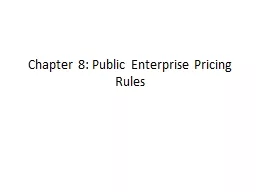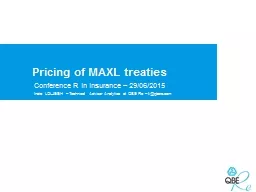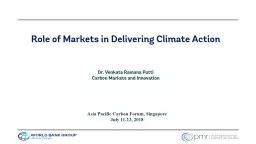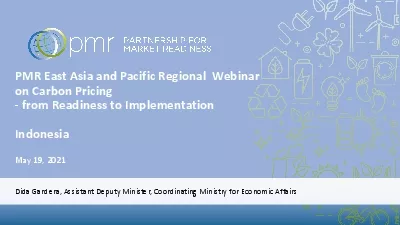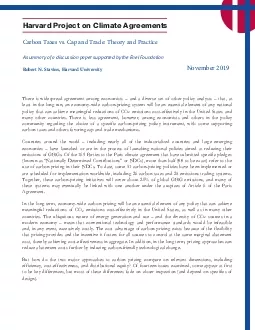PPT-Issues in Carbon Pricing
Author : danika-pritchard | Published Date : 2017-06-13
Harvard Electricity Policy Group Scottsdale AZ December 2016 Presented by Ross McKitrick University of Guelph rossmckitrickcom 1 Summary Secondbest analysis shows
Presentation Embed Code
Download Presentation
Download Presentation The PPT/PDF document "Issues in Carbon Pricing" is the property of its rightful owner. Permission is granted to download and print the materials on this website for personal, non-commercial use only, and to display it on your personal computer provided you do not modify the materials and that you retain all copyright notices contained in the materials. By downloading content from our website, you accept the terms of this agreement.
Issues in Carbon Pricing: Transcript
Download Rules Of Document
"Issues in Carbon Pricing"The content belongs to its owner. You may download and print it for personal use, without modification, and keep all copyright notices. By downloading, you agree to these terms.
Related Documents

